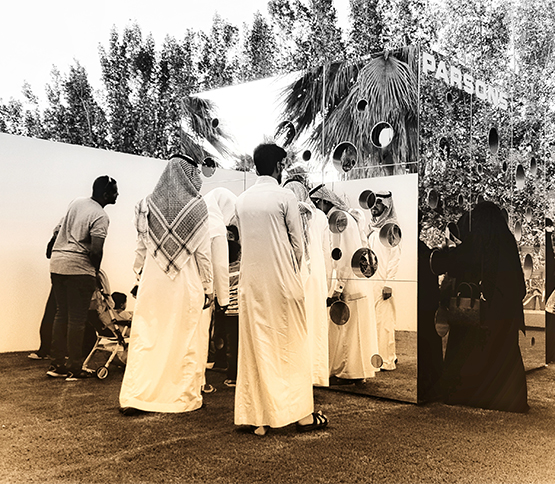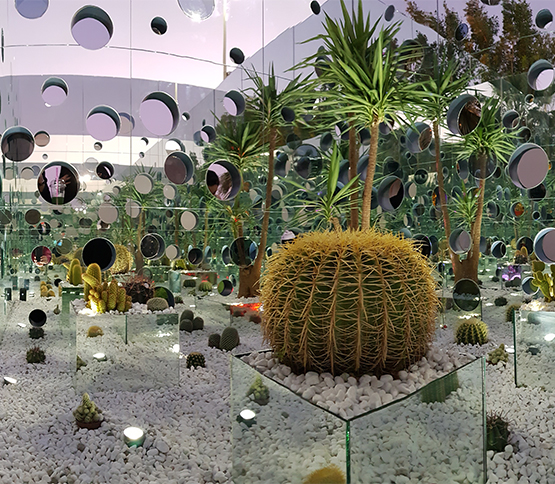
By Don Sharp
Most people are probably unaware that such a profession exists, and most of those who do confuse it with gardening.
Most people who know about landscape architecture (including, I suspect, many landscape architects) think of landscape architects as the plant people who make pretty places around buildings.
That can’t be denied, but it’s far from the whole story.
The profession of landscape architecture suffers from a bit of an identity crisis precisely because of its variety of applications, unique among the design professions. Landscape architects operate in the public and private sectors and in academia, working on projects from tiny urban gardens to regional planning, environmental assessments, and feasibility analyses. In today’s integrated, computer-assisted, polymorphic design professions, the distinction between architecture, art, urbanism, and landscape has broken down and traditional boundaries have blurred—people are recognizing that the landscape is, in fact, everything we see. Unfortunately, this acceptance that the landscape is so big means that no one profession can fully master all its inner workings and detail or claim ownership or responsibility for its entirety. So where does this leave landscape architecture? In a prosaic sense, we are responsible for a clearly defined piece of work in any site development project, but landscape architecture is also regarded as a catch-all: if it isn’t engineering, architecture, planning, ecology, public art, or any of a number of specialty disciplines, it’s probably landscape. We know landscape definitely includes anything with bushes in it, but in almost every other regard, the scope and definition of landscape among all other allied professions is debatable.
Among the various discrete disciplines in most complex urban development projects, landscape architects could be considered responsible for the overall sense of place in the external environment. Architects will take issue with this assertion, as will most planners and even some artists and engineers, but ultimately it is the landscape architect who gives form and character to the physical environment through the design and specification of its various elements. I do not believe that mastery of these individual elements defines us as professionals, at least in terms of our overall responsibility to mankind and the planet. We are much more than the shrub guys.
The American Society of Landscape Architects believes that “the practice of landscape architecture … should be defined as any service where landscape architectural education, training, experience and the application of mathematical, physical and social science principles are applied in consultation, evaluation, planning, design … and administration of contracts relative to projects principally directed at the functional and aesthetic use and preservation of land.”
This definition is both precise in its language and nonrestrictive in its potential applications. In other words, a qualified landscape architect might claim that whatever he or she does professionally is a work of landscape architecture. It might stray perilously close to or even intrude upon the provinces of architecture, fine art, urban design, environmental remediation, or garden design. In some cases, it could be argued that such works are defining the current boundaries of the profession. Innovation and collaboration with allied disciplines is breaking new ground; obviating old definitions; and, in my opinion, producing fun challenges.
QUESTION: Is this landscape architecture?

Project: Parsons’ 40th Anniversary Garden at 2018 Yanbu Flower Festival, Yanbu, KSA.
Client: The Royal Commission for Jubail and Yanbu.
Brief: Create an installation at the 2018 Flower Festival to commemorate the 40th anniversary of Parsons working with the Royal Commission.
Strategy: Create an attraction to extend and interpret the client’s intent to offer an interactive experience for visitors of the flower festival.
Concept: The “Infinity Box” presents an enigmatic and intriguing vision of endlessly reflected images as a metaphor for a bright and wondrous future.
Size: 2.6 meters high by 2.6 meters wide by 2.6 meters high.
Materials: Wood, mirrors, PVC pipes, gravel, cacti, lights, audio system with spoken word loop in English and Arabic.
Design Team: Parsons Department of Landscape Architecture, Dubai, UAE, in cooperation with Saudi Arabian Parsons Limited, in Yanbu, KSA.
Builder: Architectural Obit Company, Riyadh and Jeddah, KSA.
ANSWER: We don’t know, but why not?

About the Author
Don Sharp is Parsons’ Director of Landscape Architecture, based in Dubai. He is a licensed landscape architect in the United States and a Chartered Member of the Landscape Institute (U.K.) with more than 25 years of experience in the United States, Europe, the Middle East, and Asia. He has led project teams on a wide variety of projects through internationally renowned practices and has a proven track record of delivering large-scale, complex developments. Don has a Bachelor of Landscape Architecture from the Rhode Island School of Design, in the United States, where he also served as adjunct faculty and a guest critic in landscape architecture.